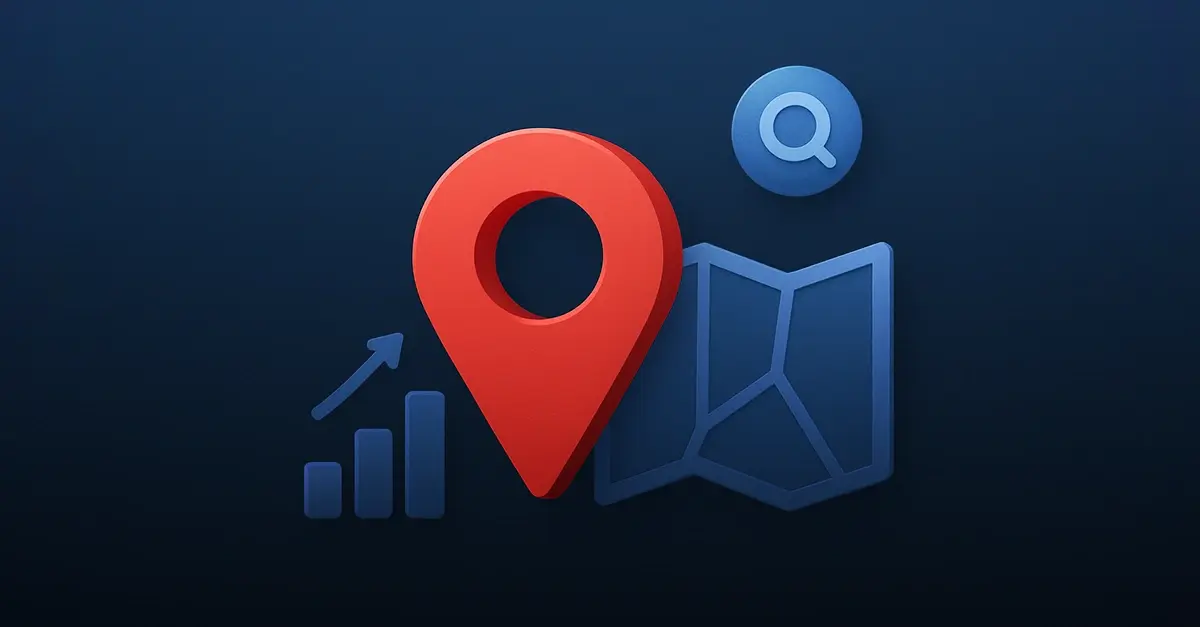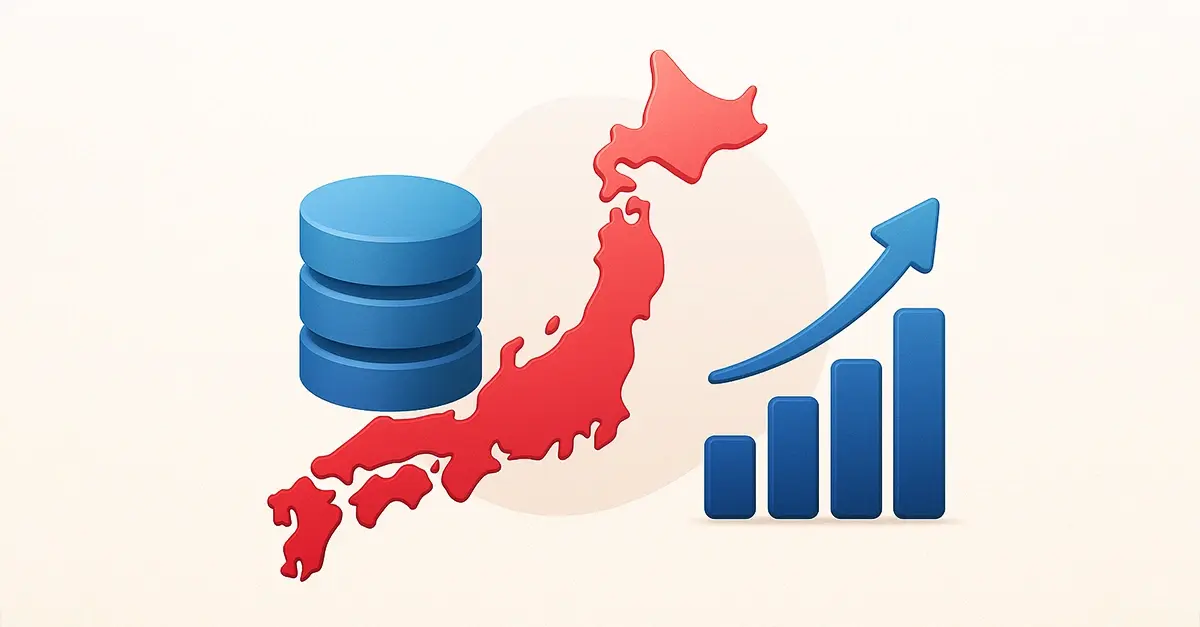The Most Trusted Source for Your
Firmographic Dataset.
-
Global Coverage: Access firmographic data on more than 360 million companies worldwide and select the data attributes you need from the 140 available.
-
Fully-compliant data: All data available in our database is GDPR and CCPA compliant, and complies with all local norms and standards.
-
Decades of Expertise: For 30 years, we have provided real-time, highly accurate firmographic data to companies of all sizes.
-
One Structured Form: All global formats (SIC, NACE and more) are structured and delivered to our clients in one clear format.
-
Trusted reliability: We receive data from over 1100 sources, which is then processed, segmented, validated and continuously updated for maximum accuracy and reliability.
-
360 Solutions: Firmographic data, combined with our software, provides a range of B2B solutions covering all the data-related activities that businesses undertake.
-
AI-optimised: Advanced AI ensures deduplication, attribute enhancement and robust data enrichment.







